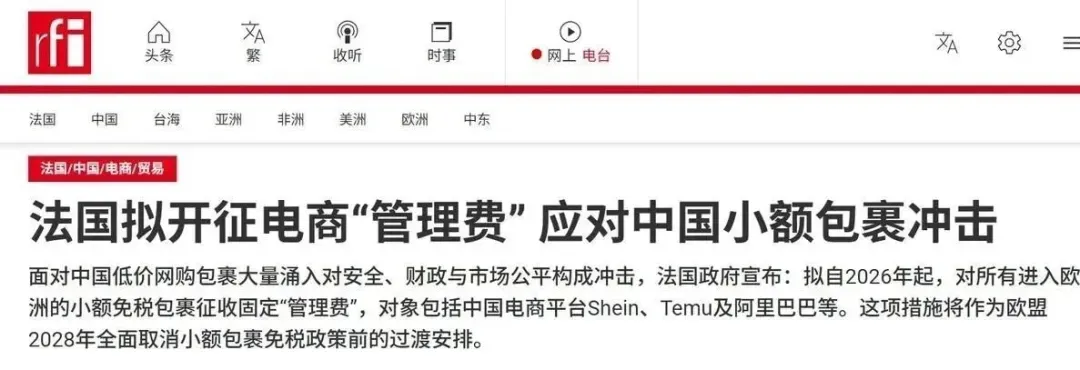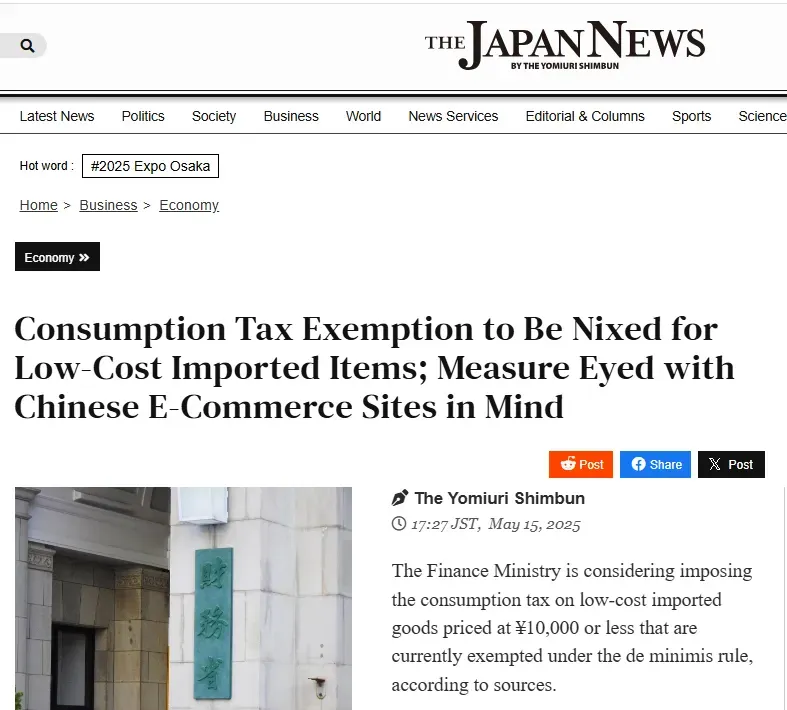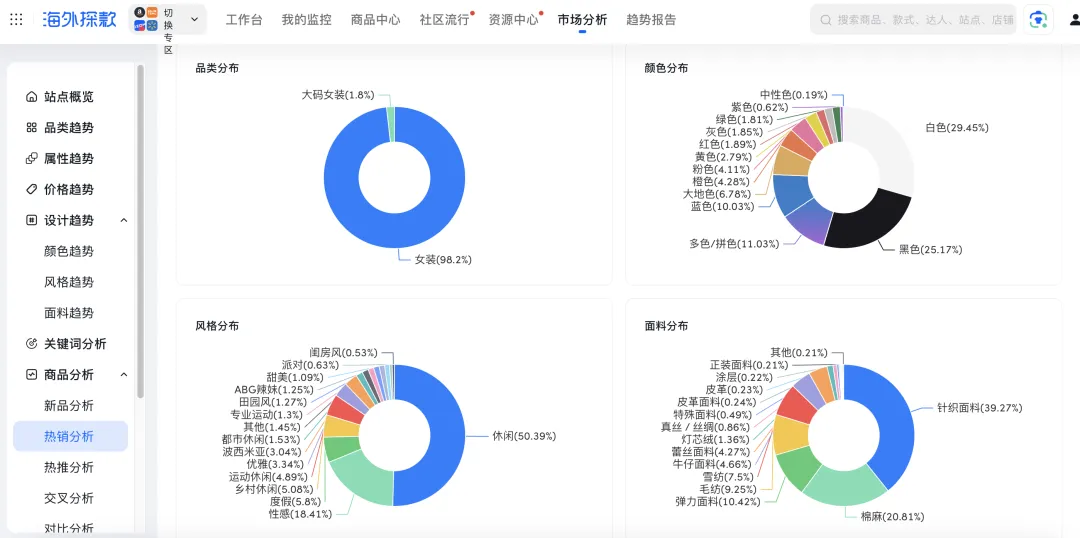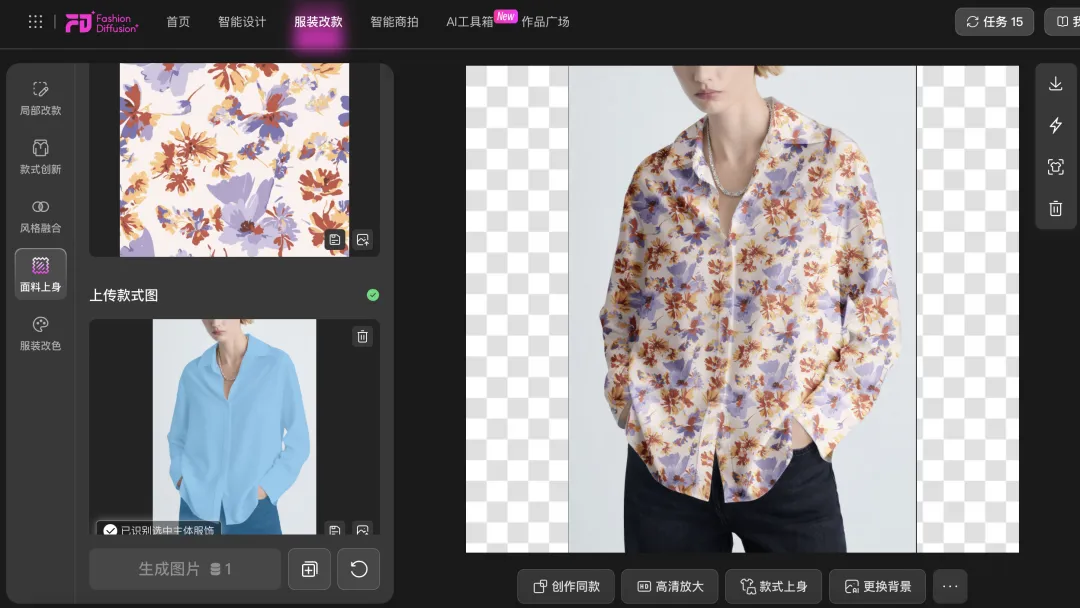全球小包裹征税潮突发,活下去的卖家,都在悄悄做这件事
2025-05-30
知衣运营团队
 “每天睡醒,跨境的政策都有新变化。”
上周,一位广州服装出海企业的老板娘在朋友圈无助地吐槽。而这正是今年以来无数跨境商家的共同心理写照。
自今年4月中美关税问题愈演愈烈以来,跨境卖家们的心就一直被狠狠“揪着”。尽管美国对华145%关税已经被大幅降低,但800美元以下小额包裹的关税仍维持在54%,给以低价为核心优势的不少卖家都带来巨大的成本压力。
而正当大量卖家以及Temu、Shein为代表的平台方都将视线转向欧洲等地区,希望开辟第二市场,继续上演“中国跨境”的奇迹时,各国也在近期纷纷出台或讨论拟定有关小包裹的征税政策。
当越南的免税门槛从100万越南盾轰然倒塌,当欧盟的2欧元手续费提案浮出水面,当日本酝酿对1万日元以下包裹征税——一场针对中国跨境小包裹的“关税合围”已在全球悄然成型。曾经畅通无阻的小包直邮通道,正在被各国筑起的高墙层层拦截。
“每天睡醒,跨境的政策都有新变化。”
上周,一位广州服装出海企业的老板娘在朋友圈无助地吐槽。而这正是今年以来无数跨境商家的共同心理写照。
自今年4月中美关税问题愈演愈烈以来,跨境卖家们的心就一直被狠狠“揪着”。尽管美国对华145%关税已经被大幅降低,但800美元以下小额包裹的关税仍维持在54%,给以低价为核心优势的不少卖家都带来巨大的成本压力。
而正当大量卖家以及Temu、Shein为代表的平台方都将视线转向欧洲等地区,希望开辟第二市场,继续上演“中国跨境”的奇迹时,各国也在近期纷纷出台或讨论拟定有关小包裹的征税政策。
当越南的免税门槛从100万越南盾轰然倒塌,当欧盟的2欧元手续费提案浮出水面,当日本酝酿对1万日元以下包裹征税——一场针对中国跨境小包裹的“关税合围”已在全球悄然成型。曾经畅通无阻的小包直邮通道,正在被各国筑起的高墙层层拦截。
 正如我们在前序文章中提到(点击蓝字可跳转阅读原文),在特朗普今年宣布取消T86清关关税政策后,欧洲担心自己成为美国市场的“接盘侠”,将小包裹征税政策提上议程。
欧盟委员会提议成员各国取消150欧以下的进口包裹免税政策,并拟对直邮包裹征收2欧元/单税金,仓发包裹征收0.5欧元/单手续费。目前法国预算部长Amelie de Montchalin已公开接受提议,表示法国最快将在2026年开始对进口小额包裹征收固定手续费。
正如我们在前序文章中提到(点击蓝字可跳转阅读原文),在特朗普今年宣布取消T86清关关税政策后,欧洲担心自己成为美国市场的“接盘侠”,将小包裹征税政策提上议程。
欧盟委员会提议成员各国取消150欧以下的进口包裹免税政策,并拟对直邮包裹征收2欧元/单税金,仓发包裹征收0.5欧元/单手续费。目前法国预算部长Amelie de Montchalin已公开接受提议,表示法国最快将在2026年开始对进口小额包裹征收固定手续费。
 英国财政大臣雷切尔·里弗斯在今年4月末表示,英国相关部门也正在考虑终止低价商品的免税政策,以保护本土零售商的竞争力,遏制海外卖家在线上平台的竞争力。
无独有偶,同样担心成为“转嫁市场”的加拿大在当地时间5月20日召开七国集团(G7)财长会议,包括加拿大在内的G7国家均已开始讨论对中国出口的低价值商品征收关税,抑制“来自中国的供应过剩”。
另一边,日本财务部也在考虑修改当前的低价商品征税政策。据悉,日本拟对价格为10,000日元(64 美元)或以下的低成本进口商品征收消费税,这一价格带商品目前同样免征税和关税。
在过去的2024年中,日本售价低于1万日元的商品进口量超1.69亿箱,价值4258亿日元,几乎相比2020年翻了五倍。Temu、Shein在内的平台均利用免税政策大力提倡低价商品在当地的销售。
此外,越南工商联合会在近日向财政部提交了一份意见书,提议对进口电商商务商品实现全面的进口税政策,取消免税和减税优惠。而在今年年初,通过快递方式寄送价值低于100万越南盾(折合约288人民币)的进口商品增值税免税政策已经被豁免,统一征收最高10%的税率。
如今越南工商联合会将在其基础上再次建议征税政策调整,无论进口商品价值高低,都进行统一数额的征税。此举同样是为了保护越南本地企业的公平竞争。
英国财政大臣雷切尔·里弗斯在今年4月末表示,英国相关部门也正在考虑终止低价商品的免税政策,以保护本土零售商的竞争力,遏制海外卖家在线上平台的竞争力。
无独有偶,同样担心成为“转嫁市场”的加拿大在当地时间5月20日召开七国集团(G7)财长会议,包括加拿大在内的G7国家均已开始讨论对中国出口的低价值商品征收关税,抑制“来自中国的供应过剩”。
另一边,日本财务部也在考虑修改当前的低价商品征税政策。据悉,日本拟对价格为10,000日元(64 美元)或以下的低成本进口商品征收消费税,这一价格带商品目前同样免征税和关税。
在过去的2024年中,日本售价低于1万日元的商品进口量超1.69亿箱,价值4258亿日元,几乎相比2020年翻了五倍。Temu、Shein在内的平台均利用免税政策大力提倡低价商品在当地的销售。
此外,越南工商联合会在近日向财政部提交了一份意见书,提议对进口电商商务商品实现全面的进口税政策,取消免税和减税优惠。而在今年年初,通过快递方式寄送价值低于100万越南盾(折合约288人民币)的进口商品增值税免税政策已经被豁免,统一征收最高10%的税率。
如今越南工商联合会将在其基础上再次建议征税政策调整,无论进口商品价值高低,都进行统一数额的征税。此举同样是为了保护越南本地企业的公平竞争。
 “每天睡醒,跨境的政策都有新变化。”
“每天睡醒,跨境的政策都有新变化。”








 “每天睡醒,跨境的政策都有新变化。”
“每天睡醒,跨境的政策都有新变化。”








 IOS
IOS

 Android
Android
